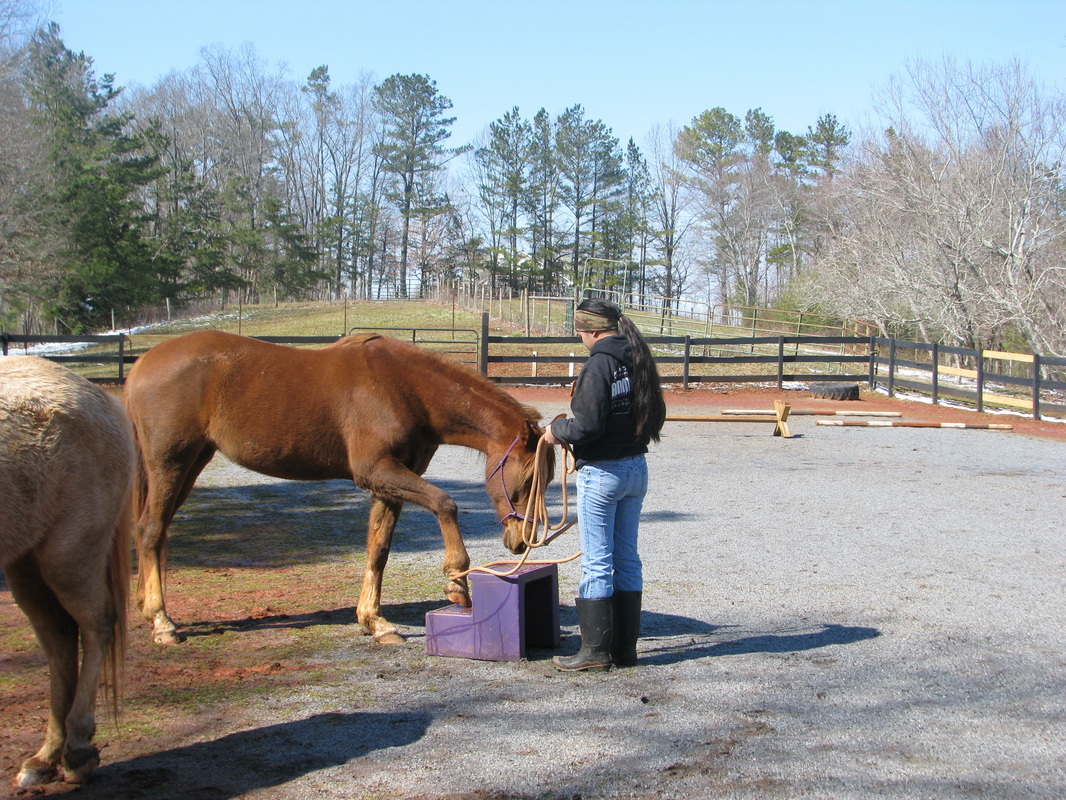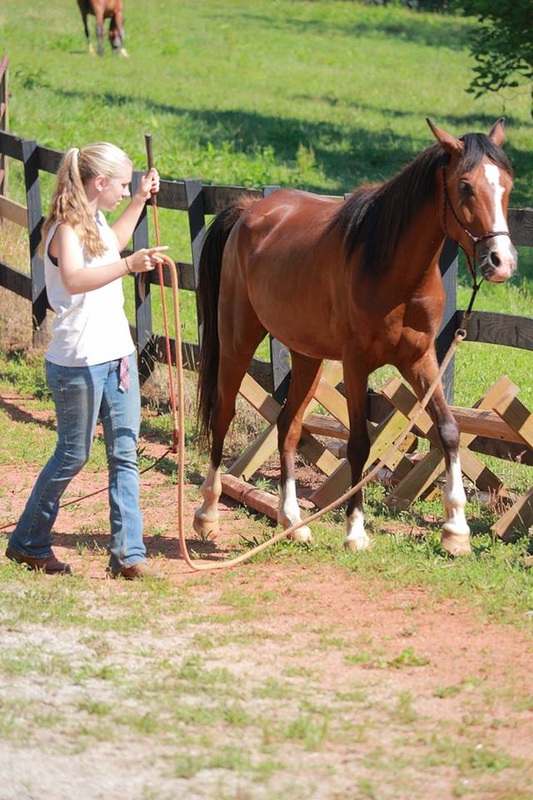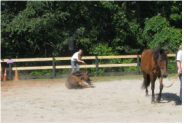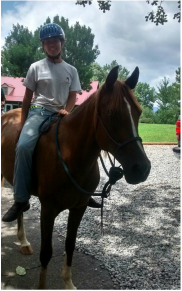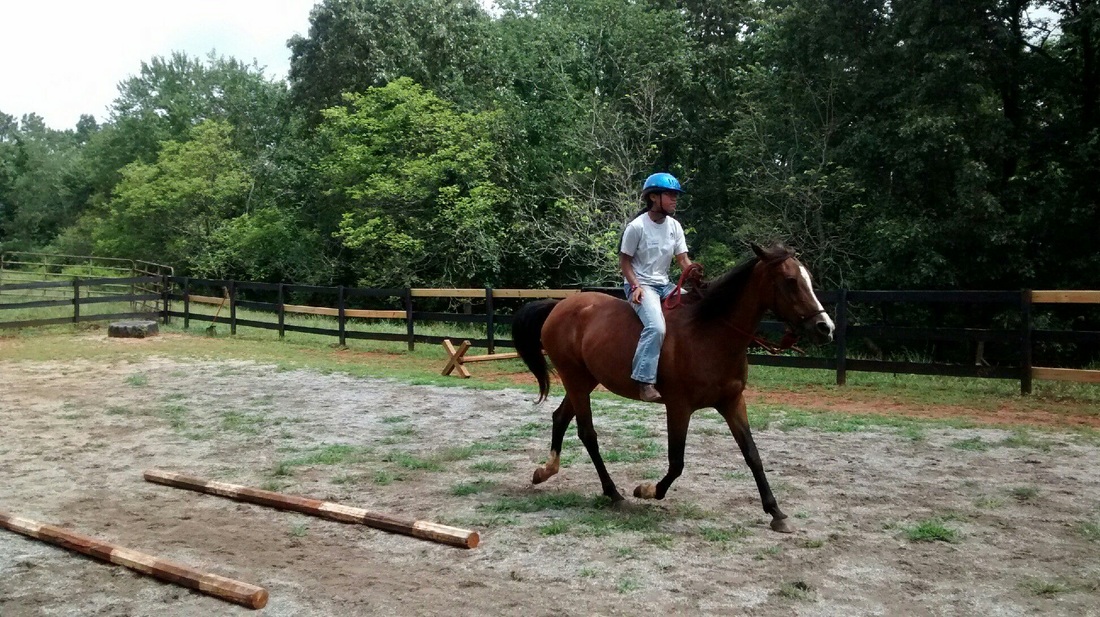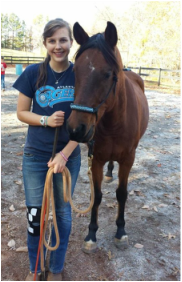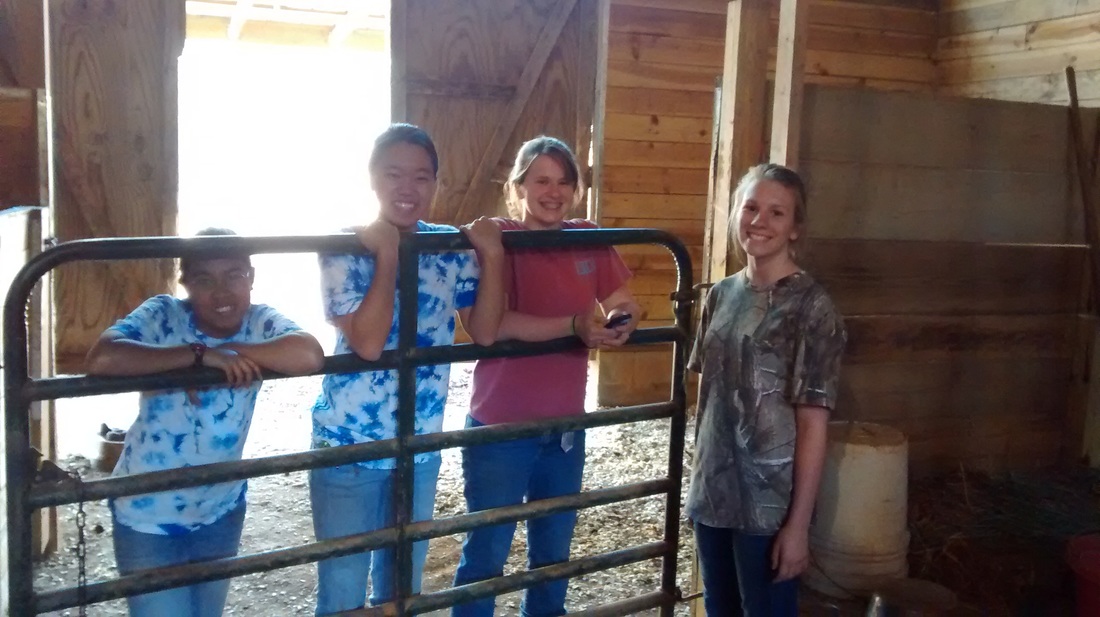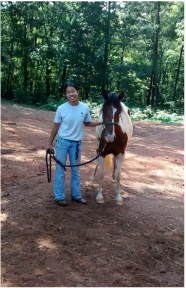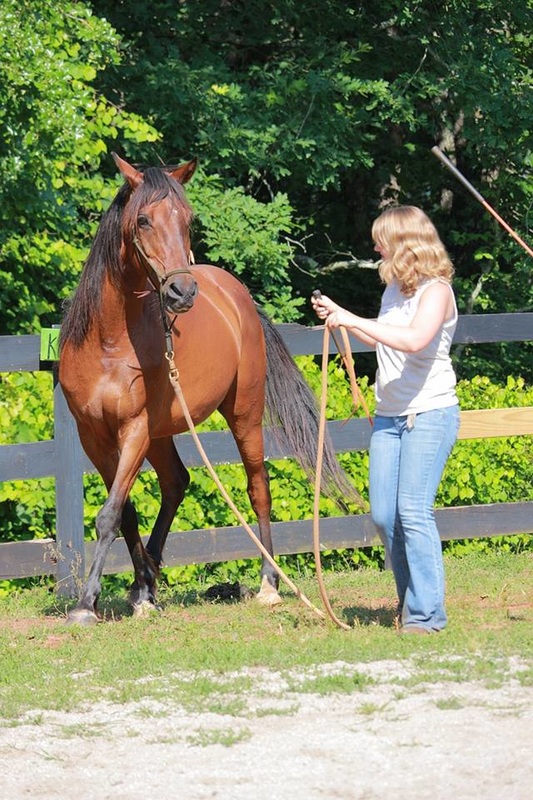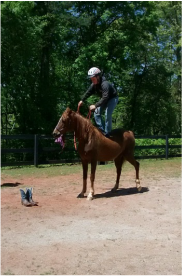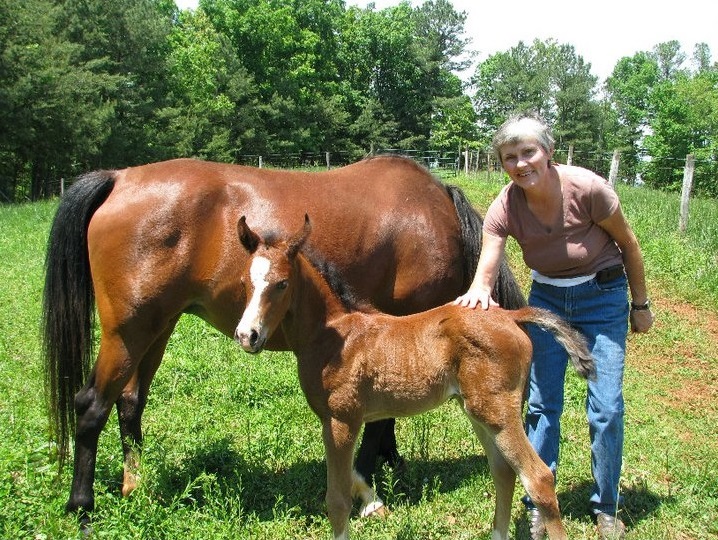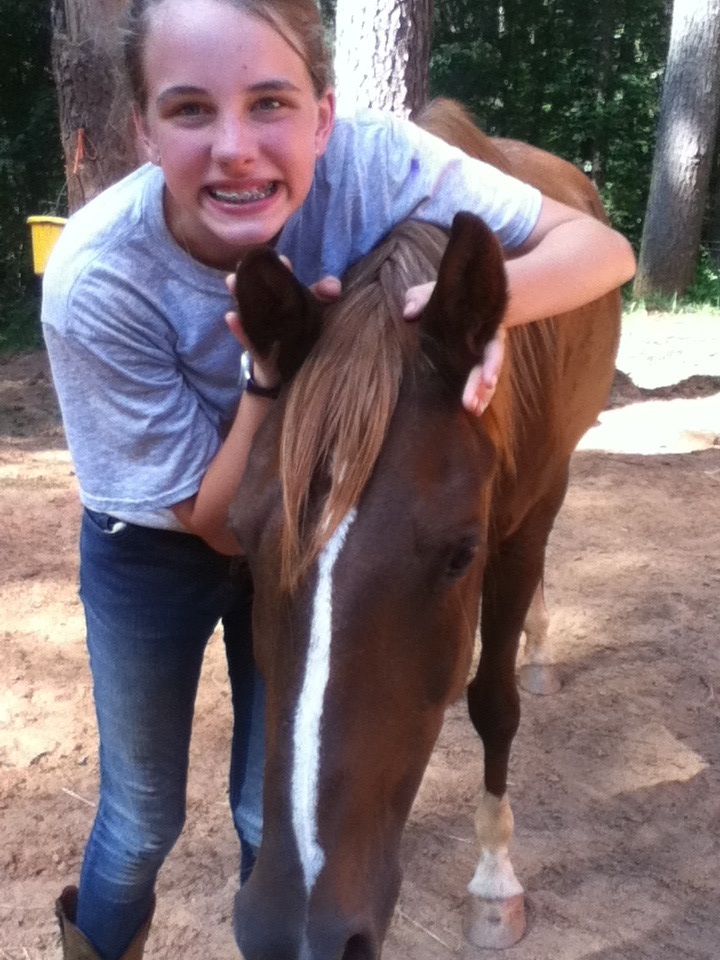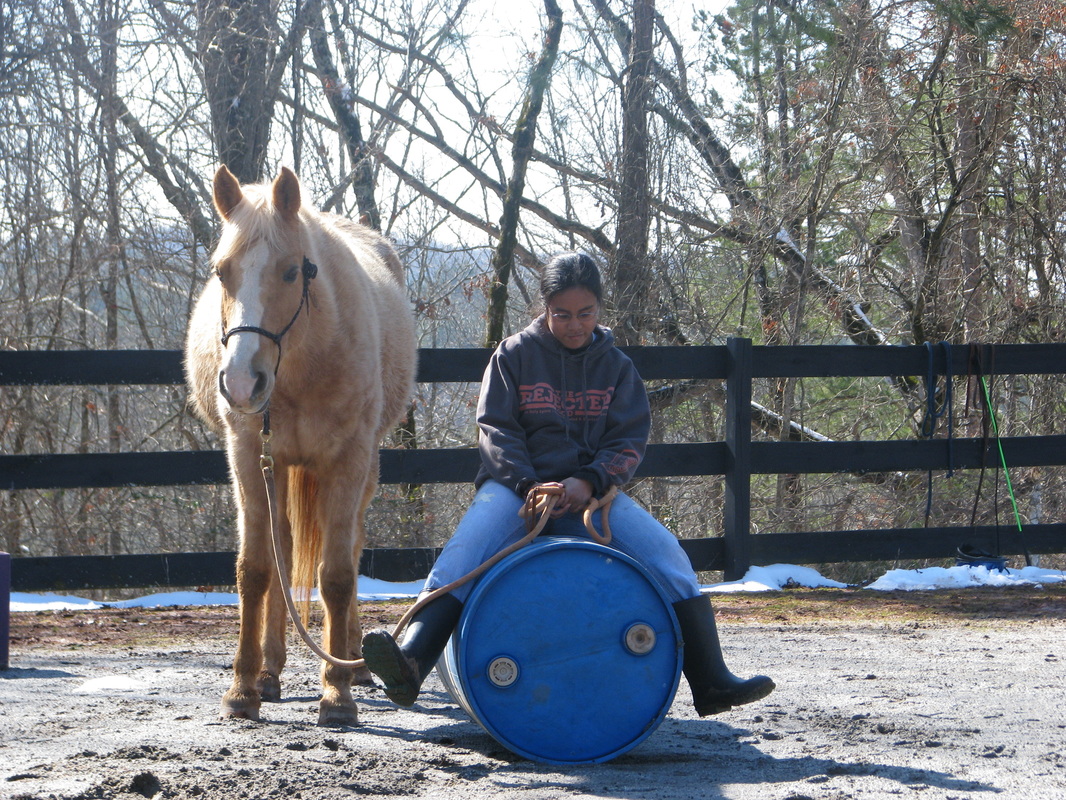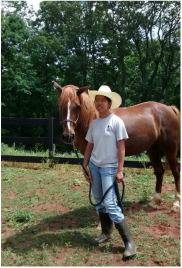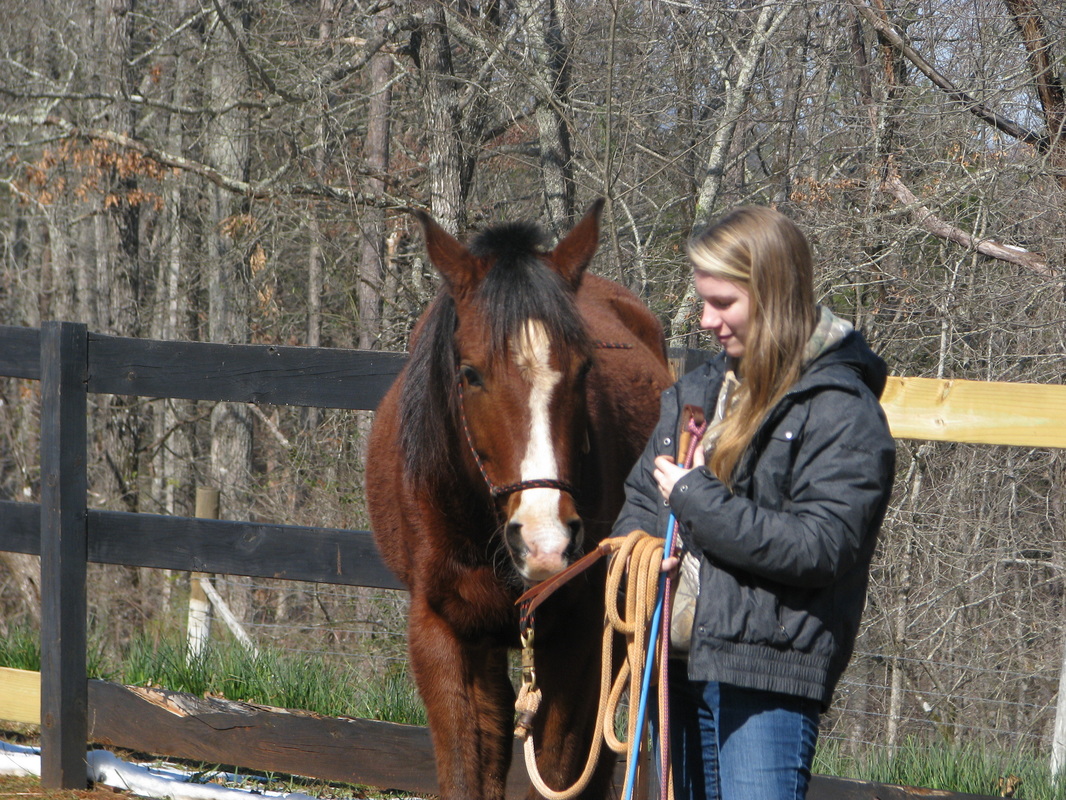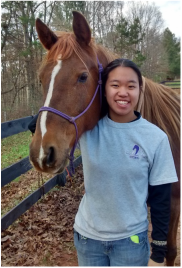Wisconsin Horses by: Mrs. Vicki

This week Maureen, my long time horse-breeding friend from Wisconsin called to check in.
Maureen always is a chocked-full waling encyclopedia of horse breeding 101. She calls to check in and follow up on the horses that she has sold over the years to see what their accomplishments may be. It was Maureen who brought up Pal & Beauty when they were 2 and 3 Months old. It was also Maureen who delivered Scarlett & Rhett so many years later.
So while I had her on the phone I asked a few questions:
Q: What is the line of the breed of the Arab horses she breeds as it concerns VG horses (i.e. Pal, Beauty, Scarlett, & Rhett)?
A: CRABBET BREED - WHICH IS OF ENGLISH DESCENT
Q: Who was instrumental in bringing the Arab breed to the U.S?
A: A FELLOW NAMED BABSON (ILLINOIS) 1850-1930 BEGAN TO DEVELOP THE BREED IN AMERICA.
Q: Are there many other ARABIAN breeds?
A: YES, THERE IS FROM THE PURE BRED ARABS COME A POLISH BRED ARAB, KNOWN AS THE WITEZ II AND ALSO THE RUSSIAN BRED ARABS.
The Purest Breed of Horses by: Rachel
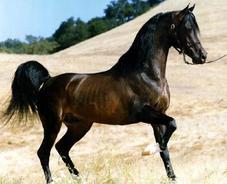
Egyptian Arabians are considered the purest breed of horses. Among Arabians there are several strains, which means variations of Arabian horses with differing characteristics. Modern Arabians are different crosses of these strains. This is the predominate difference between Modern Arabians and straight Egyptian Arabians.
Egyptian Arabians are blends of many pure strains of Arabs with distinct desert lineage. Ancient Egypt and many other African and middle eastern countries had established them as animals of significant importance. They were mainly war mounts, but were given the best accommodations at home in splendid stables and gardens.
Most people refer to the purest breed as King Solomon’s horses. King Solomon was in possession of nearly 40,000 of these noble beasts. In I Kings 10:28 it says, “ Solomon’s horses were imported from Egypt and from Kue—the royal merchants purchased them from Kue at the current price.” The current price was 150 shekels of silver, which is almost 4 pounds of silver, which is equal to about 830 US dollars.
They are respected for their beauty, grace, courage, strength, and intelligence. These horses have been decked with gold, walked down silk carpets, and feast with kings. King Solomon recognized the beauty and majesty of the Arabian horse which is still one of the most cherished and coveted breed to this day.
Egyptian Arabians are blends of many pure strains of Arabs with distinct desert lineage. Ancient Egypt and many other African and middle eastern countries had established them as animals of significant importance. They were mainly war mounts, but were given the best accommodations at home in splendid stables and gardens.
Most people refer to the purest breed as King Solomon’s horses. King Solomon was in possession of nearly 40,000 of these noble beasts. In I Kings 10:28 it says, “ Solomon’s horses were imported from Egypt and from Kue—the royal merchants purchased them from Kue at the current price.” The current price was 150 shekels of silver, which is almost 4 pounds of silver, which is equal to about 830 US dollars.
They are respected for their beauty, grace, courage, strength, and intelligence. These horses have been decked with gold, walked down silk carpets, and feast with kings. King Solomon recognized the beauty and majesty of the Arabian horse which is still one of the most cherished and coveted breed to this day.
The Wild Horses of Cumberland Island by: Lael
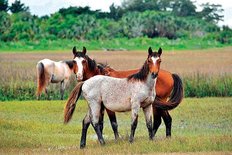
The early Cumberland Ponies may have been shipwrecked on Cumberland Island by the Spanish; similar to other feral horses on the east coast. The Cumberland Ponies are a blend of wild and pleasure horses, brought by the island's inhabitants. The wild horses of Cumberland Island look different compared to their northern cousins. While Chincoteague and Assateague ponies are smaller in size and have fuzzy coats, the Cumberland Ponies have short hair, and long necks, legs, and backs.
The Cumberland ponies eat a mixture of sea oats and beach grass that have become scarce, due to too many horses. With the lack of sea oats and beach grass the dunes of Cumberland are eroding faster that they should. Beach grass helps hold in the sand, but with the horses there, the grasses on the dunes are disappearing. The lack of sea oats and beach grass is bad to the Eco-system and to the horses. The horses can get Sand Colic, Painful and sometimes fatal to the horses' fragile digestive systems.
The Cumberland ponies eat a mixture of sea oats and beach grass that have become scarce, due to too many horses. With the lack of sea oats and beach grass the dunes of Cumberland are eroding faster that they should. Beach grass helps hold in the sand, but with the horses there, the grasses on the dunes are disappearing. The lack of sea oats and beach grass is bad to the Eco-system and to the horses. The horses can get Sand Colic, Painful and sometimes fatal to the horses' fragile digestive systems.
The History of Morgans and Morgans Today by: Josh
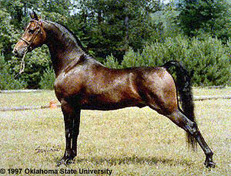
Where did the saying "Justin Morgan had a horse." come from? Back in 1792, A farmer owed Mr. Justin Morgan a lot of money. To pay his debt the farmer gave him two colts. One was good looking and big; the other one was little and scrawny. When the scrawny little colt grew up it beat the fastest Thoroughbred at that time. It became known as the Morgan after it pulled an unmovable log loaded with three big men on top all the way to the mill without stopping. Descendants of the Morgan are the American Saddlebred, Tennessee Walking Horse, and Standardbred. Toady Morgans are sued for pleasure, pulling, and show.
My horse Justin
Justin is named after Mr. Justin Morgan. He is a Morgan mixed with a Welsh Mountain Pony. This mix of breed was bred for pulling carts in mines. Our horse is fifteen years old and fourteen hands tall. His coloring is bay with a black mane and black stockings. Justin is very sweet and gentle - a good kid horse!
My horse Justin
Justin is named after Mr. Justin Morgan. He is a Morgan mixed with a Welsh Mountain Pony. This mix of breed was bred for pulling carts in mines. Our horse is fifteen years old and fourteen hands tall. His coloring is bay with a black mane and black stockings. Justin is very sweet and gentle - a good kid horse!

 RSS Feed
RSS Feed
